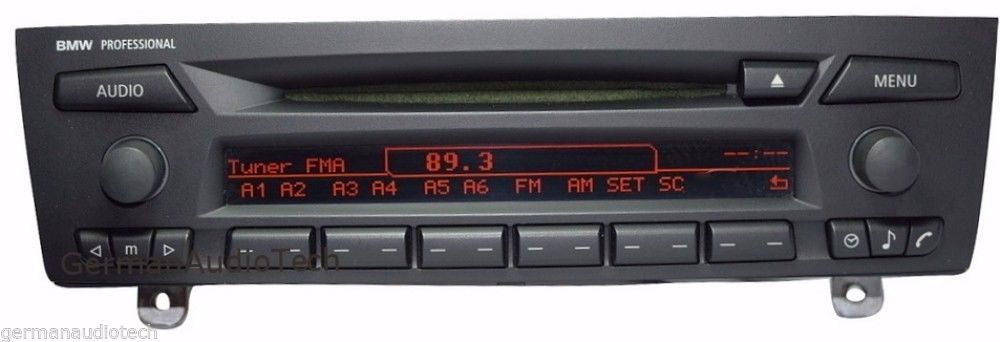Hi, I would like to try to play with Optrex 323 1867 (rebranded as KYDE 3232351) monochrome display (256x26 pixels).

I did not find any documentation about it. The only thing I found is Optrex 323 display:
http://serdisplib.sourceforge.net/ser/optrex323.html
As I understand it contains of 2 displays, each has 34pins and contains 128x26 pixels. For start I would like to control one of them. I have the board from which display was taken. It has single 32pin connector to which all display and button data flow go.

I have analyzed the board and identified which pins go through that connector:
Display pins -> (board connector) Meaning
How could I identify these pins with "?" ? And how could I connect all these pins to Arduino?

I did not find any documentation about it. The only thing I found is Optrex 323 display:
http://serdisplib.sourceforge.net/ser/optrex323.html
As I understand it contains of 2 displays, each has 34pins and contains 128x26 pixels. For start I would like to control one of them. I have the board from which display was taken. It has single 32pin connector to which all display and button data flow go.

I have analyzed the board and identified which pins go through that connector:
Display pins -> (board connector) Meaning
Code:
2 -> (30) GND
3 -> (30) GND/Power +5V (One display goes to GND another to Power on this pin)
16 -> (30) GND
17 -> (26) Power +5V (with resistor 100 ohm)
18 -> ( 7) D0?
19 -> ( 8) D1?
20 -> ( 9) D2?
21 -> (10) D3?
22 -> (11) D4?
23 -> (12) D5?
24 -> (13) D6?
25 -> (14) D7?
26 -> (32) ? (with resistor 0 ohm)
27 -> (19) ? (with resistor 100 ohm and Capacitor to GND)
28 -> ( 5) ? (with resistor 100 ohm)
29 -> ( 6) ? (with resistor 100 ohm and Capacitor to GND)
30 -> (21) ? (with resistor 100 ohm and Capacitor to GND)How could I identify these pins with "?" ? And how could I connect all these pins to Arduino?
Last edited:

